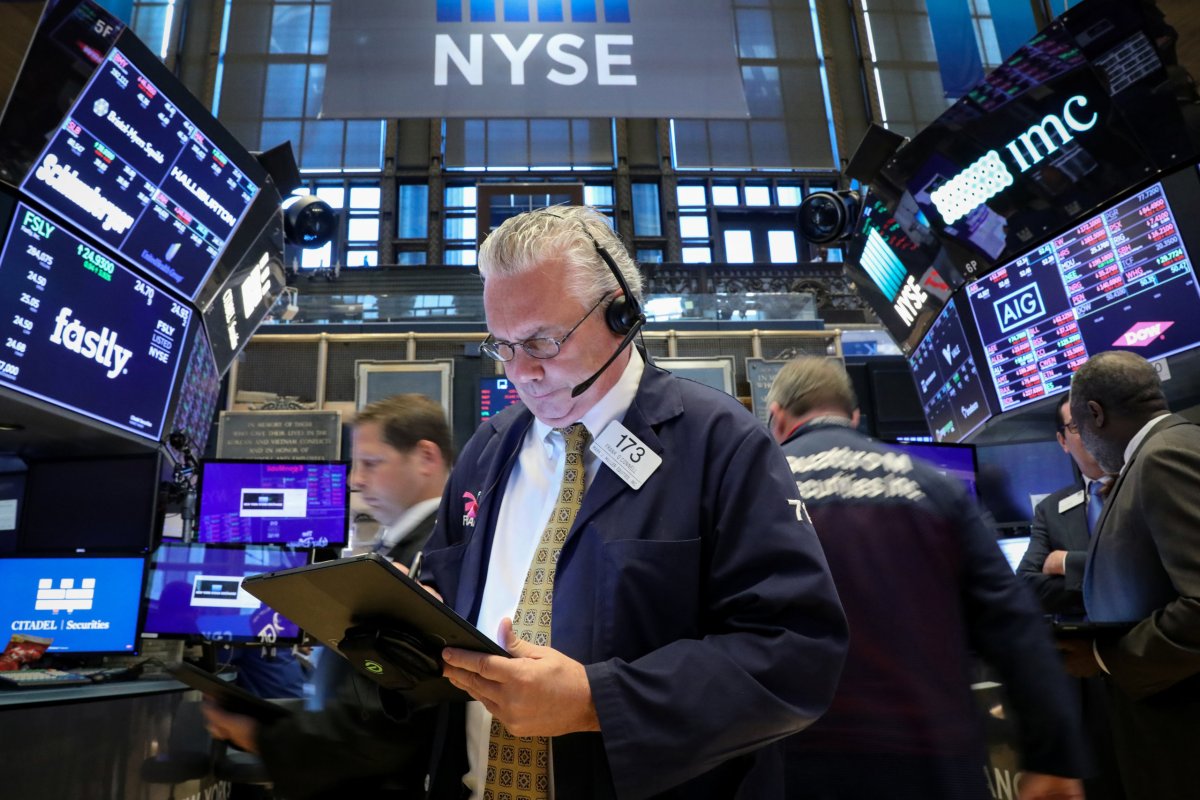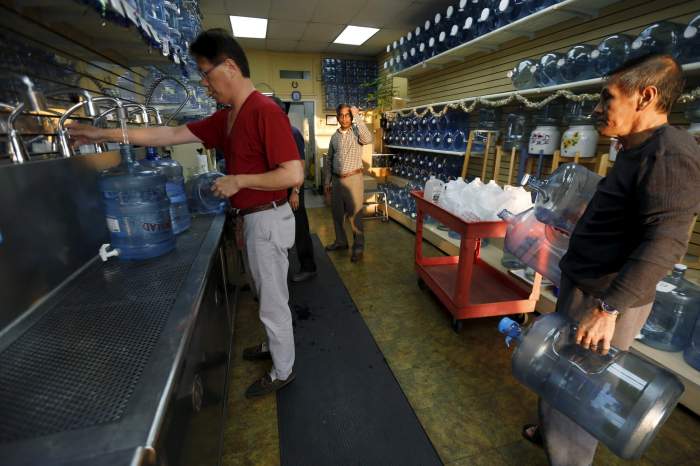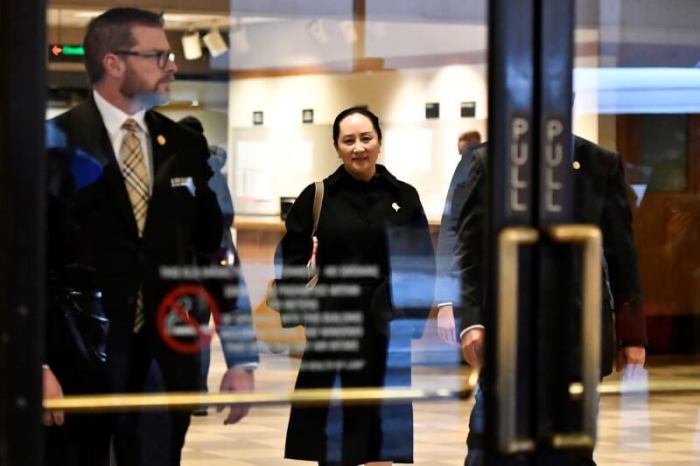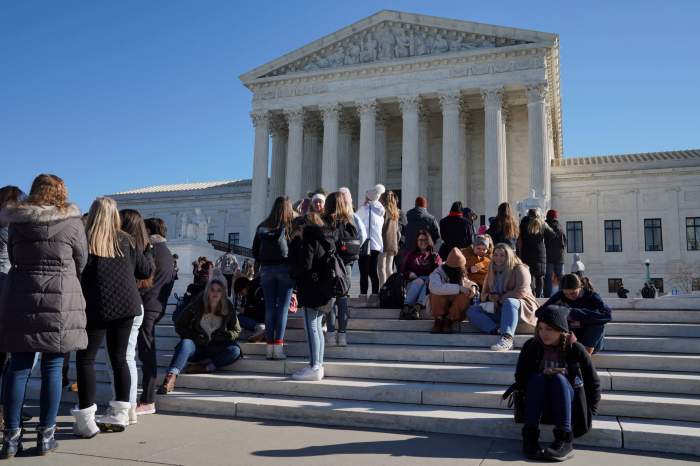By Herbert Lash
NEW YORK (Reuters) – Global equity markets slid on Wednesday as investors sought safety in bonds, the Japanese yen and Swiss franc amid renewed worries over the U.S.-China trade standoff after reports the United States has another Chinese tech firm in its sights.
Relief over Washington’s temporary relaxation of curbs against China’s Huawei Technologies Co Ltd faded after reports that the White House is considering further sanctions on Chinese video surveillance firm Hikvision.
The yen and franc gained against the dollar and U.S. Treasury prices rose, but declines in U.S. and European equity markets were relatively subdued after recent sell-offs.
“The market is still expecting a resolution or at least a modification of some of the worrying aspects out there about the trade relationship,” said John Vail, chief global strategist at Nikko Asset Management in New York.
“Clearly the situation is more fraught than it has been in the past,” Vail said. “But for the time being we’re still positive on equity markets globally.”
The release of minutes from the Federal Reserve’s last policy meeting showed no surprises amid concerns the U.S. central bank might take action against potentially slowing global growth due to the increase in trade tensions. Fed officials agreed their patient approach to monetary policy could remain in place “for some time,” a further sign policymakers see little need to change rates.
“It doesn’t sound like they are ready to sound the alarm bells and talk about what they might have to do,” said Art Hogan, chief market strategist at National Securities in New York. “It appears as though the Fed is exactly where they want to be and don’t have to lean one way or the other.”
The Dow Jones Industrial Average fell 100.72 points, or 0.39%, to 25,776.61. The S&P 500 lost 8.09 points, or 0.28%, to 2,856.27, and the Nasdaq Composite dropped 34.88 points, or 0.45%, to 7,750.84.
MSCI’s gauge of stock performance in 47 countries across the globe shed 0.26%.
The FTSEurofirst 300 index of leading European shares closed down a scant 0.07% while Germany’s trade-sensitive DAX closed 0.21% higher.
Asia-Pacific shares outside Japan closed 0.03% higher and Japan’s Nikkei rose 0.05%. The Shanghai Composite Index closed down 0.5%.
Fears of another blacklisting have reinforced worries that U.S. President Donald Trump is looking beyond sealing a trade deal with China to a potentially bigger battle aimed at curbing Beijing’s technology ambitions.
The United States is at least a month from enacting proposed tariffs on $300 billion in Chinese imports as it studies the impact on consumers, U.S. Treasury Secretary Steven Mnuchin said.
A 30-day window would represent an accelerated schedule compared to previous rounds of U.S. tariffs. The next batch of levies would be ready when Trump and Chinese President Xi Jinping attend a G20 leaders summit in Japan on June 28-29.
The pound fell to its lowest level since early January, after Prime Minister Theresa May’s final gambit to get a Brexit deal approved failed dramatically.
Investors sought havens in the Swiss franc, Japanese yen and German government bonds. [FRX/] [GVD/EUR]
The yen strengthened away from two-week lows against the dollar, rising 0.14% to 110.33 yen, while the Swiss franc was higher against the euro and the dollar. The euro fell 0.04% against the dollar, to $1.1153.
In commodities, U.S. West Texas Intermediate (WTI) crude futures fell $1.71 to settle at $61.42 per barrel after American Petroleum Institute data showed that U.S. crude stockpiles rose unexpectedly last week. [O/R]
Oil was also pressured after Saudi Arabia reiterated that it would aim to keep the market balanced and try to reduce tensions in the Middle East.
Brent crude futures lost $1.19 to settle at $70.99 per barrel.
Benchmark 10-year Treasury notes last rose 11/32 in price to yield 2.3874%.
Gold steadied, inching off a two-week low. U.S. gold futures settled 0.1% higher at $1,274.20 an ounce.
(Graphic: Global indices – https://tmsnrt.rs/2WiBW0q)
(Reporting by Herbert Lash; Editing by Susan Thomas, Cynthia Osterman and Leslie Adler)



















